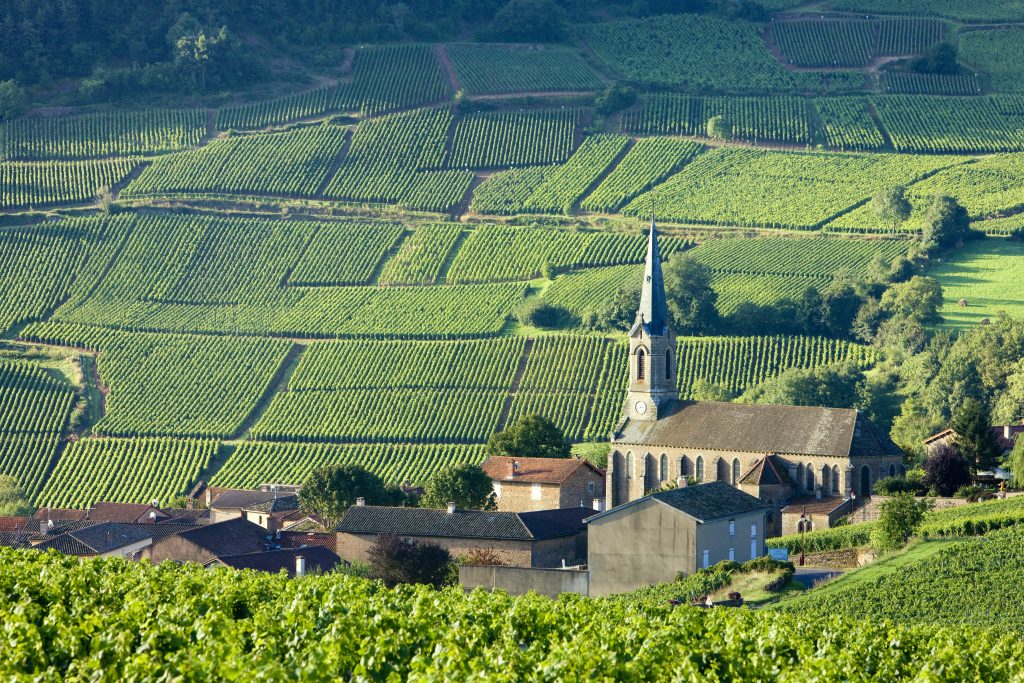Bourgogne wine see global growth despite difficult market conditions
Burgundy is in a “favourable position” with positive growth in both the French and export market, the head of the BIVB Laurent Delaunay has claimed, despite the low yield of the 2024 vintage.

Speaking ahead of the Hospices de Beaune sale at the weekend, Laurent Delauney, president of the BIVB said that despite the small volumes of the 2024 vintage, the BIVB remained upbeat that the prices will remain “quite reasonable” with the 2024 vintage, without the soaring prices that were seen in 2021, the last year that stocks were hugely affected by Spring frosts.
He highlighted the contrast between the 2024 and 2021, noting that although the “significant” frost in 2021 had led to “sky-rocketing prices” and negative growth, the situation with 2024 is quite different. The 2022 and then “exceptionally generous” 2023 vintage had helped to provide reassurance ahead of a 2024 vintage, by replenishing stocks in advance and ensuring ample inventories and “reasonable” prices, he said.
This helped boost estate sales by 1.6% in the 2023-2024 campaign versus the 2022-2023 campaign, the BIVB said, as the need to replenish stocks was less pressing.
Export volumes picked up in the first half of 2024, rising 4.6% in volume and +3.7% in sales in the first seven months of the year, compared to the previous year, and crossing the €900 million threshold for the first time in a decade, at nearly €926 million.
This was driven by a rebound in several AOCs, the BIVB said.
Export markets
In the first seven months of the year, exports in the domestic market grew 2.4% by value on volumes up 3.2%, slightly below export growth of 3.7% by value on volumes of 4%, which Delauney attributed to the global appetite for Burgundy wine and the reasonable, prices.
Partner Content
“Once prices are under control in Burgundy, consumers feel like tasting burgundy, demand exceeds supply, and we’re back at the positive [growth],” he said.
There was positive growth in the US, with value sales rising 14.6% on volumes up 7.4% , as well as in Canada (up 9% in volume and 8% by value) although it was “more mixed” the UK and Japan, “which are slightly lagging”, he said.
Delauney also note the resurgence of Asian markets, with China showing a 35% increase in volume since the beginning of the year while Korea has also performed well, contributing to the overall positive export trends. China is the seventh highest export market by value and eighth by volume, the BIVB said.
In terms of the top five markets, Sweden took a spot in the top five export markets for volume, overtaking Belgium but behind the US, UK, Canada and Japan. Together, these five countries account for almost 60% of Bourgogne export volumes and just over 50% of sales but three emerging markets – Australia (which is 13th in terms of value and volume), Korea (11th by value and 15th by volume) and Brazil (22nd export market by value and 23rd by volume) have been identified as a new focus for the Bourgogne Wine Board Program, along with
However, Delauney did strike a note of caution, expressing concern over the fluctuating production levels of white Burgundy wines in particular, on the back of frost due to climate change. This had led to a “seesaw effect” in production levels over the past 12 years, which was of concern to producers and the BIVB itself, who he said were “highly involved” in research and development projects to adapt the vineyards and vinification of wines to the challenging conditions.
Harvest
Despite the challenges weather “at every stage of the growing cycle”, the 2024 has been hailed as “a vintage of great quality” even though yields were significantly impacted. The white wines were “beautifully balanced”, the BIVB said, “with notes of fresh fruit and citrus” and “characterised by their freshness and purity”, while the reds “deliver red berry flavours… with rich and generous aromas… [and] fine and delicate tannins [which] lend the wines a structure marked by finesse and elegance”.
Related news
Castel Group leadership coup escalates
For the twelfth day of Christmas...
Zuccardi Valle de Uco: textured, unique and revolutionary wines




